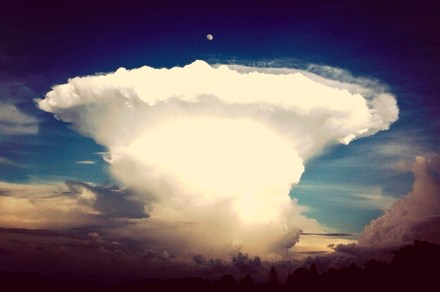The windswept German island that inspired quantum physics
Helgoland is a craggy German island in the North Sea. Barely bigger than a few fields, it reaches high above the water on precipitous cliffs and is famous for its sweet air. It has a town and a harbour, and the 1,000-odd inhabitants speak a distinct dialect. In the summer of 1925, the 23-year-old physicist Werner Heisenberg went there to sort out his hay fever and solve the problem of reality. Helgoland is a slightly misleading title for Carlo Rovelli’s inspiring, chaotic, delightfully unsatisfactory book of popular quantum physics. It isn’t about Heisenberg’s months there or his mathematical insights; ‘Helgoland’ is Rovelli’s shorthand for Heisenberg’s pellucid state of mind. On Helgoland,



